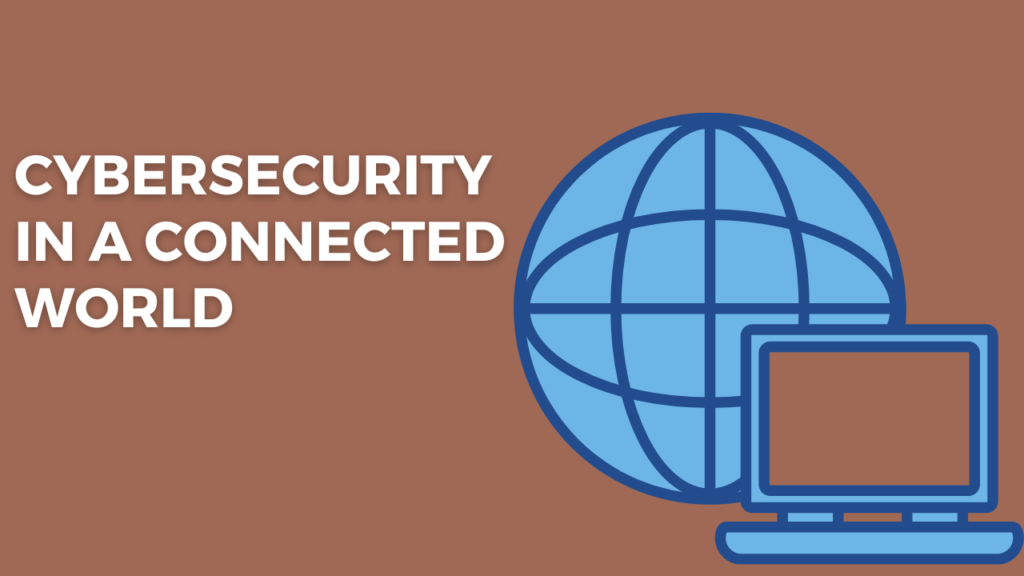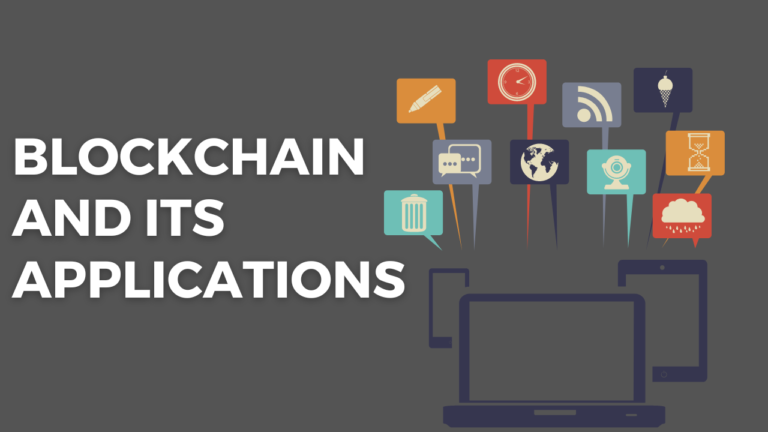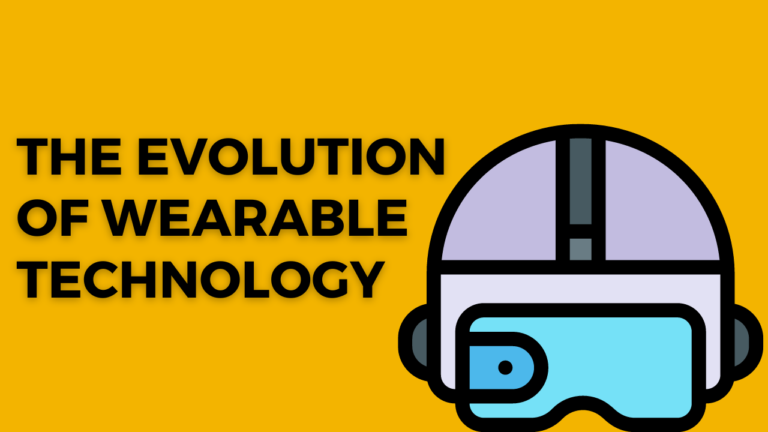Cybersecurity in a Connected World

Cybersecurity in a connected world is a critical and complex issue that revolves around the protection of digital systems, networks, and data from cyber threats. As our lives become more intertwined with technology and the Internet, the need for robust cybersecurity measures becomes increasingly apparent. Here’s a comprehensive overview of cybersecurity in a connected world:
- Importance of Cybersecurity:
In today’s interconnected world, where everything from personal devices to critical infrastructure relies on the internet, the importance of cybersecurity cannot be overstated. Cyberattacks can lead to data breaches, financial losses, privacy violations, disruption of services, and even physical harm. - Types of Cyber Threats:
Various types of cyber threats pose risks to individuals, organizations, and nations:
- Malware: Malicious software, including viruses, worms, Trojans, ransomware, and spyware, that can damage or steal data.
- Phishing: Fraudulent attempts to obtain sensitive information through deceptive emails, websites, or messages.
- DDoS Attacks: Distributed Denial of Service attacks overwhelm a system with excessive traffic, rendering it inaccessible.
- Data Breaches: Unauthorized access to sensitive information, often resulting in its exposure or theft.
- Insider Threats: Attacks initiated by individuals within an organization who exploit their access for malicious purposes.
- Social Engineering: Manipulating individuals into divulging confidential information or performing actions that compromise security.
- Advanced Persistent Threats (APTs): Long-term, targeted attacks by well-funded adversaries to infiltrate systems and gather data.
- Challenges in Cybersecurity:
The dynamic and evolving nature of cyber threats presents several challenges:
- Sophistication: Attack techniques are becoming more advanced and difficult to detect.
- Scale: The increasing number of connected devices expands the attack surface.
- IoT Vulnerabilities: Internet of Things devices often lack proper security measures.
- Human Factor: Employees and users can inadvertently become entry points for attacks.
- Regulatory Compliance: Organizations must adhere to various data protection laws and regulations.
- Resource Constraints: Smaller organizations may struggle to implement robust cybersecurity measures.
- Cybersecurity Measures:
Implementing a comprehensive cybersecurity strategy is essential to mitigate risks:
- Firewalls and Intrusion Detection/Prevention Systems: Protect networks by monitoring and blocking unauthorized access.
- Encryption: Secure data by converting it into unreadable code that requires a decryption key.
- Multi-factor Authentication (MFA): Requires users to provide multiple forms of verification to access accounts.
- Regular Updates and Patches: Keep software, operating systems, and applications up to date to address vulnerabilities.
- Security Awareness Training: Educate employees and users about safe online practices.
- Incident Response Plan: Prepare for and respond to cyber incidents effectively to minimize damage.
- Government and International Involvement:
Governments play a role in cybersecurity through legislation, regulation, and international cooperation. Cybersecurity frameworks and agreements aim to establish norms for responsible state behavior in cyberspace. - Future Trends:
The future of cybersecurity will likely involve:
- Artificial Intelligence (AI) and Machine Learning (ML): Used for threat detection, pattern recognition, and automated response.
- Zero Trust Architecture: Assumes no implicit trust and requires continuous verification for all users and devices.
- 5G Security: As 5G networks become prevalent, ensuring their security is crucial.
- Quantum Computing: While promising for various applications, quantum computers could potentially break current encryption methods.
In conclusion, as we continue to rely on technology and interconnected systems, cybersecurity remains a top priority. Vigilance, preparedness, and a multi-layered approach are essential to safeguarding our digital lives in a connected world.
Cybersecurity in a connected world is of paramount importance due to the increasing reliance on digital technologies and the interconnectivity of devices, systems, and networks. As more aspects of our daily lives become digitized and interconnected – from critical infrastructure and financial systems to smart homes and wearable devices – the potential attack surface for cyber threats expands dramatically. Here are some key points to consider about cybersecurity in a connected world:
- Expanding Attack Surface: The proliferation of interconnected devices and systems creates a larger attack surface for cybercriminals. Each device or connection point becomes a potential entry point for attacks, making it essential to secure not only individual devices but also the interactions between them.
- Diverse Threat Landscape: The range of cyber threats has expanded to include various forms of malware, ransomware, phishing, social engineering, and more. Threat actors can target individuals, organizations, or even entire nations, seeking financial gain, data theft, disruption, or espionage.
- IoT Security: The Internet of Things (IoT) encompasses a wide range of devices, from smart thermostats to industrial sensors. Many of these devices have limited processing power and memory, making them vulnerable targets. Ensuring proper security measures for IoT devices, such as strong authentication, regular updates, and data encryption, is crucial.
- Data Privacy: Connected systems collect vast amounts of personal data. Protecting user privacy and complying with data protection regulations (like GDPR and CCPA) are essential to maintaining trust and preventing misuse of sensitive information.
- Supply Chain Risks: With complex supply chains involved in the production of hardware and software components, a vulnerability in one element can lead to a compromise of the entire system. Ensuring the security of each component and vetting suppliers’ security practices is vital.
- Cloud Security: Cloud computing offers scalability and flexibility but also introduces security concerns. Ensuring proper access controls, encryption, and monitoring in cloud environments is crucial to prevent unauthorized access and data breaches.
- Critical Infrastructure: Essential services like power grids, water treatment plants, and transportation systems are increasingly connected, making them potential targets for cyber attacks with real-world consequences. Securing critical infrastructure is a matter of national security.
- User Awareness: Cybersecurity is not solely a technical issue; user awareness and education are equally important. Users need to understand best practices for creating strong passwords, identifying phishing attempts, and keeping their devices and software up to date.
- Collaboration and Regulation: Cybersecurity is a global challenge that requires collaboration between governments, industries, and international organizations. Developing and enforcing regulations can set minimum security standards and encourage responsible behavior.
- Continuous Monitoring and Response: Given the evolving nature of cyber threats, continuous monitoring and rapid incident response are essential. Detecting and responding to breaches promptly can minimize damage and prevent further compromises.
In this connected world, the emphasis is shifting from a reactive approach to a proactive one. Organizations and individuals must prioritize cybersecurity from the outset, integrating security measures into the design and development of digital products and systems. This requires a comprehensive understanding of potential threats and vulnerabilities, a commitment to ongoing education and improvement, and a willingness to invest in security infrastructure.



